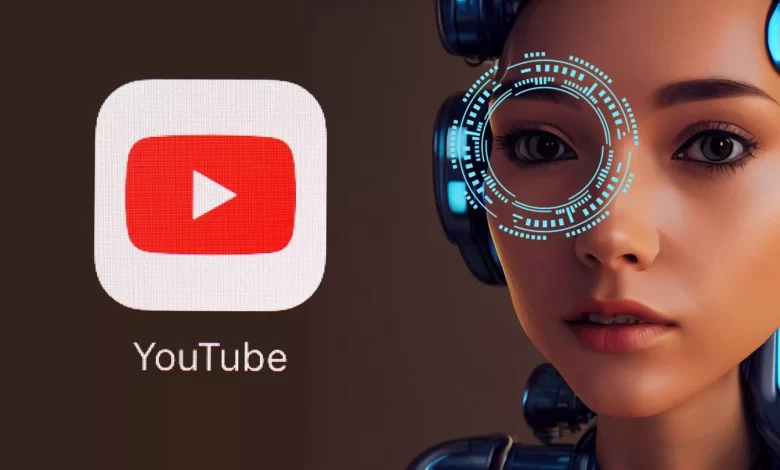
As we delve into understanding generative AI, we unpack its nuances and illustrate its differences from other AI variants, while showcasing its versatile applications across various sectors. Transitioning to the transformation of YouTube content ideas, we shed light on the hurdles content creators face and present generative AI as a viable solution, outlining its advantages and substantiating its efficacy through real-world examples and case studies.
Understanding Generative AI
Understanding Generative AI is crucial for grasping its transformative potential in various domains. Generative AI stands out by its unique capacity to create new content autonomously, diverging from traditional AI’s focus on analysis and problem-solving. Through sophisticated algorithms trained on extensive datasets, generative AI can generate diverse outputs, ranging from images to text and music. Its applications span across industries, revolutionizing healthcare, empowering creativity in the arts, and enhancing decision-making in finance, showcasing its versatility and profound impact on modern society.
Current Challenges in Generating Innovative YouTube Content
With the exponential growth of content on YouTube, creators face increasing pressure to produce innovative and engaging videos. However, navigating through saturated markets, understanding audience preferences, and consistently generating fresh ideas pose significant challenges.
Introduction to Using Generative AI for Generating YouTube Video Ideas
Generative AI emerges as a promising solution to these challenges, offering automated assistance in ideation and content creation. By leveraging generative AI algorithms, creators can explore a vast array of creative possibilities and generate novel video concepts based on their preferences and objectives.
Benefits of Leveraging Generative AI for YouTube Content Creation
The adoption of generative AI streamlines the content creation process, saving time and effort for creators while fostering creativity and experimentation. Moreover, it enables personalized content recommendations tailored to specific audience segments, enhancing viewer engagement and retention.
Case Studies or Examples of Businesses Successfully Using Generative AI for YouTube Content
Numerous businesses have embraced generative AI to revolutionize their YouTube content strategies. From utilizing AI-generated thumbnails and video titles to creating personalized video recommendations, these case studies illustrate the tangible benefits and transformative impact of generative AI on YouTube video content creation, ultimately driving audience growth and business success.
Steps to Integrate Generative AI into Your YouTube Content Strategy
Integrating generative AI into your YouTube content strategy involves several key steps. Begin by identifying specific areas where generative AI can enhance your content creation process, such as generating video ideas, creating thumbnails, or optimizing titles. Next, research and select suitable generative AI tools or platforms that align with your goals and budget.
Considerations for Selecting the Right Generative AI Tools or Platforms
When choosing generative AI tools or platforms, consider factors such as ease of use, scalability, customization options, and compatibility with your existing workflow. Evaluate user reviews, feature sets, and support options to make an informed decision.
Potential Challenges and How to Overcome Them
Implementing generative AI may come with challenges such as data privacy concerns, technical complexity, or integration issues. Address these challenges by ensuring compliance with relevant regulations, providing adequate training and support for your team, and collaborating with experienced AI experts if needed.
Tips for Maximizing the Effectiveness of Generative AI in Generating YouTube Content Ideas
To maximize the effectiveness of generative AI in generating YouTube content ideas, regularly evaluate and refine your AI models based on performance feedback. Experiment with different input parameters, datasets, and model architectures to uncover new insights and improve output quality. Additionally, leverage AI-generated insights to inform your content strategy and adapt to evolving audience preferences and trends.
Final Thoughts
In conclusion, embracing technological advancements such as generative AI is paramount for businesses seeking sustainable growth and competitive advantage. As the digital landscape evolves, organizations must adapt and leverage innovative tools to stay ahead of the curve. By embracing generative AI, businesses can unlock new opportunities for creativity, efficiency, and audience engagement, positioning themselves for long-term success.






